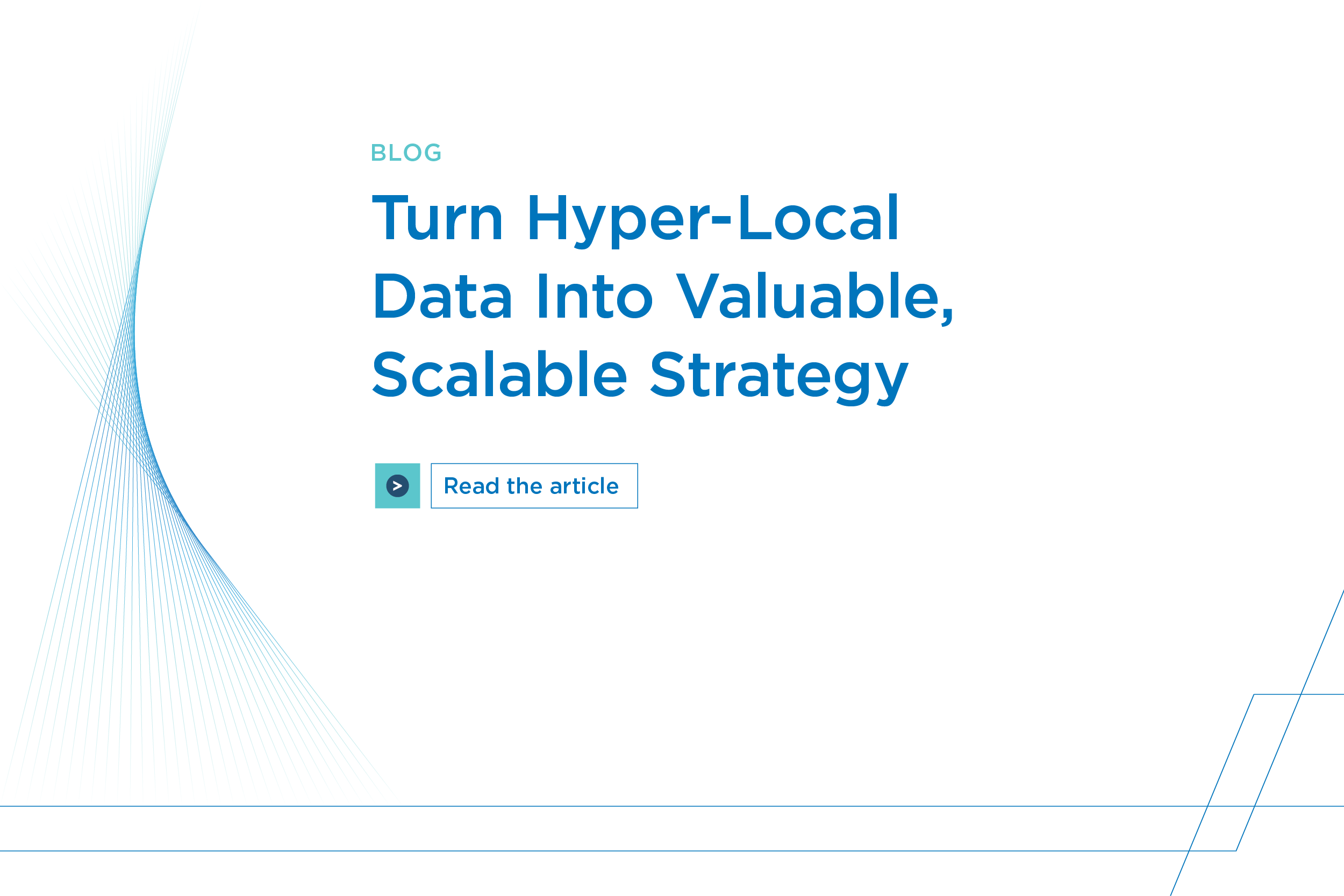For years, smaller financial institutions have been encouraged to scale up their digital capabilities to compete with fintechs and megabanks. Vericast’s own Lisa Nicholas suggests that community banks and credit unions might benefit from leveraging their local presence and insights to gain a competitive edge in the financial industry.
Nicholas’s study of consumer search revealed that financial preferences and search patterns vary dramatically — not just across states but even between neighboring communities.
The Case for a HyperLocal Marketing Strategy
Through her analysis, Nicholas developed a Consumer Demand Index — a model that identifies opportunities by examining search data down to specific zip codes and product features. By targeting campaigns based on local search patterns, financial institutions can create personalized ads instead of generic nationwide messages. Vericast posits that this hyperlocal advertising approach should better resonate with more consumers, addressing their unique needs and preferences
Leveraging Local Presence
Using physical presence in local neighborhoods to their advantage, community financial institutions can deploy hypertargeted ads that highlight community involvement, showcase real staff members, and reflect the personality of the neighborhood they serve.
In addition to optimizing local advertising, institutions should focus on aligning campaigns with seasonal trends. While financial services follow predictable national patterns, local spikes provide key windows for impactful messaging.
Nicholas’s findings offer a new blueprint for financial institutions to embrace their local identity. By combining localized data with modern digital tools, banks and credit unions can scale their unique advantages into competitive successes, creating tailored campaigns that truly resonate with their communities.
A more detailed version of this blog ran on The Financial Brand.



